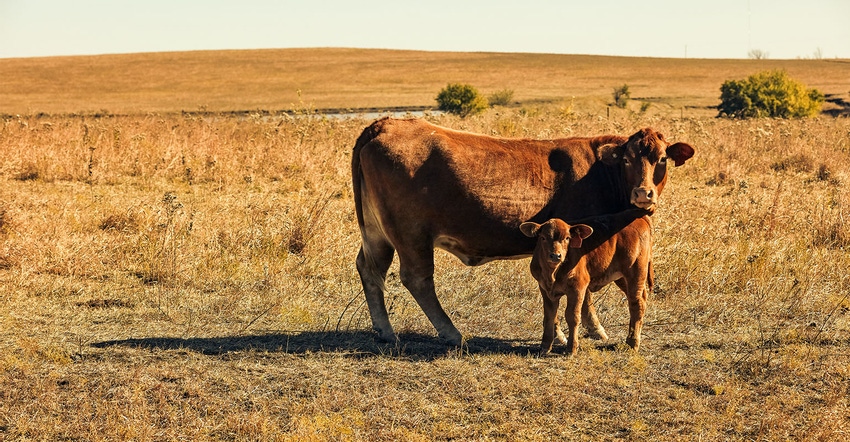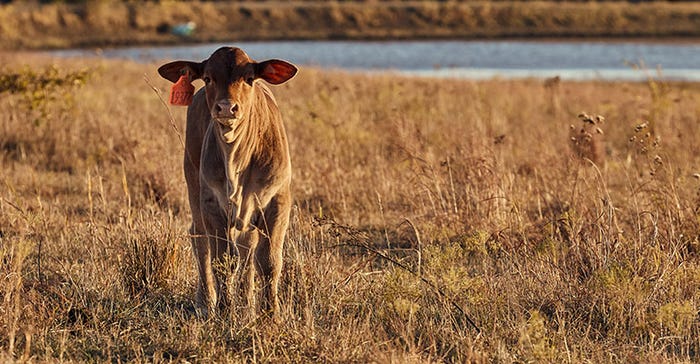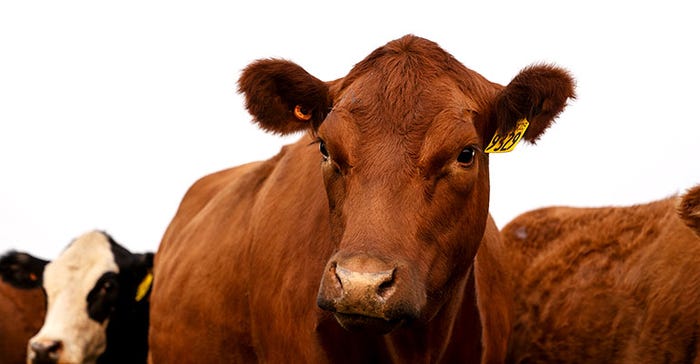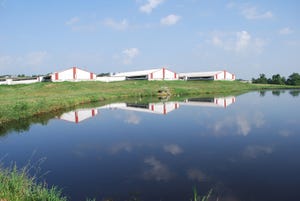Covert invaders may be causing primary losses
If some cattle aren’t thriving, the culprit may be Pasteurella multocida
May 15, 2023

Sponsored Content
P. multocida is the second most prevalent bacteria found in beef cattle lung samples at Midwestern diagnostics laboratories1.
P. multocida has been shown to cause rapid and permanent tissue damage (lesions), leading to animals being less productive2.
P. multocida antimicrobial resistance is common, making treatment difficult and vaccination the first line of defense1.
While much of preventing bovine respiratory disease (BRD) in calves is tied to preventing death loss, an equal amount should be focused on decreasing sneaky losses in gain and profitability from chronic, low-level pneumonia.

Covert invaders are waiting for an opportunity
BRD-causing bacteria – P. multocida, M. haemolytica and Histophilus somni – are all part of the calf’s natural upper respiratory system microbiome. They’re there when the calves are born and typically don’t cause problems. That is, as long as the animal’s immune system keeps them from migrating down into the lungs.
When the immune system becomes compromised, they can creep in, causing damage and death. That’s why bacteria like P. multocida are considered covert invaders.
It’s easy for an animal’s defense to be breached, which may result in:
Damage to the upper respiratory tract’s cells by viruses such as IBR, PI-3 and BRSV (primary invaders).
Damage to the trachea’s lining from inhaled irritants such as exhaust fumes or dust.
Suppression of the immune system due to BVD, environmental stresses such as weather and hauling or a nutritional deficit or parasite load.

When the defenses are compromised, bacteria aren’t cleared by the immune system. The bacteria proliferate, reproduce rapidly and are inhaled into the lungs.
While most people are familiar with BRD due to M. haemolytica and associated sudden death loss, there is another bacteria producers should be concerned about. P. multocida is extremely common and associated with longer-lasting cases of BRD or an animal that’s just not doing right. Additionally, this smoldering type of pneumonia may require multiple rounds of expensive treatments due to resistance as well as the presence of persistent lesions.
The cost of the animal not reaching its genetic potential, along with the additional costs of feed, care and treatments, makes it a pathogen more than worth investigating.
If you have increased treatment failures and chronics in your herd, talk to your veterinarian about testing for P. multocida. Additionally, work with your veterinarian to ensure your animals have the best possible foundation on which to grow.

Ensure calves have a solid immune system
Preventing BRD requires a good preconditioning program that includes minimizing stress, providing sufficient nutrition and good internal parasite control.
Of course, avoiding all stress is impossible. So, in addition to good management, preconditioning includes an early and effective vaccination program that provides coverage against primary and secondary invaders like P. multocida.
Many vaccines do not offer coverage of P. multocida. That’s because in the past, adding whole cell P. multocida to a vaccine increased the likelihood of vaccine “sweats” that stressed the calf.
Today, modified live vaccines exist that are much easier on cattle while providing excellent immune response as well as duration of immunity, including options for even very young calves only one week old.
Adding Pasteurella multocida to your protocol is a cost-effective way to help decrease losses associated with pneumonia and ensure cattle are as productive as they can be.
Learn how BOVILIS® VISTA® ONCE SQ can give your herd the most complete BRD coverage at MAHCattle.com/Vista-Once.
1Merck Animal Health Final Study Report. MS-MDR-KSU-1-14. 2015 surveillance of antimicrobial resistance in bovine respiratory pathogens isolated from U.S. cattle.
2Nickunen S, et al. Association of bovine disease with clinical status and acute phase proteins in calves. Comp Immun and Micro Infect Dis. 2007;30:143-151.
About the Author(s)
You May Also Like

.png?width=300&auto=webp&quality=80&disable=upscale)

